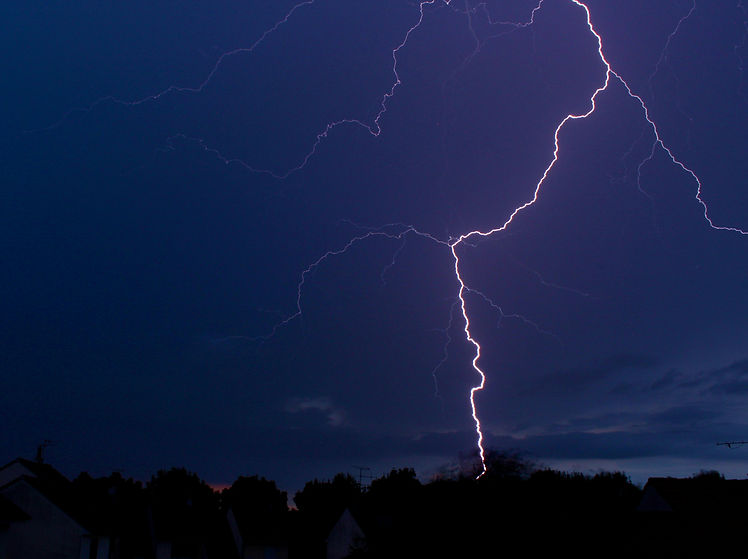
Home Standby Generators
Complete Guide to Backup Power for Homes
Home standby generators provide peace of mind by delivering automatic backup power during outages. Unlike portable units, standby generators are permanently installed, run on natural gas or propane, and can power an entire home for days at a time. This hub page is designed as a one-stop resource for homeowners, contractors, and anyone considering a backup power system. It covers everything from sizing and installation to costs, compliance, safety, and state-specific requirements.
Be prepared before the grid goes down...


What Is a Home Standby Generator?
A home standby generator is a permanently installed backup power system that automatically turns on when the grid goes down. Installed outdoors like an air conditioning unit, these systems connect to a home’s electrical panel and fuel source.
-
Automatic transfer switch for seamless switchover
-
Operates on propane or natural gas
-
Provides whole-house or partial load coverage
Portable vs. Standby Generators
Portable Generators
Flexible, on-demand portable power that can be transported by hand or vehicle.
Standby Generators
Permanentlly installed generators that backs up your home or small space.
Popular Portable Generator Brands
Generac Portable Generators
Champion Portable Generators
DuroMax Portable Generators
Briggs & Stratton
Portable Generators
Cummins Portable Generators
Westinghouse Portable Generators
Popular Home Standby Generator Brands
Generac Home Generators
Braggs & Stratton Home Generators
Kohler / Rehlko Home Generators
Honeywell Home Generators
Cummins Home Generators
DuroMax Home Generators
Installation Requirements
Installing a standby generator requires planning, permits, and professional expertise:
-
Transfer Switch: Required for safe switchover.
-
Permits: Electrical and plumbing permits may be needed.
-
Placement: Must meet clearance, ventilation, and noise codes.
-
Timeline: Most installations take 1–3 days, depending on site prep and inspections.
Pro Tip: Always hire a licensed installer, many warranties require it. Find one here >
Home Standby Generator Costs
Standby generator pricing includes equipment, installation, and fuel setup.
Small Home
Generator Capacity:10–14kW
Generator Cost: $3,500–$5,000
Cost With Installation: $6,000–$8,500
Medium Home
Generator Capacity:18–22kW
Generator Cost: $4,800–$6,800
Cost With Installation: $8,500–$11,000
Large Home
Generator Capacity: 24–38kW
Generator Cost: $7,500–$12,500
Cost With Installation: $12,000–$18,000+
Fuel costs depend on local natural gas/propane rates. Expect 1–3 gallons per hour during operation.
Compliance and Safety
Owning a generator comes with legal and safety responsibilities:
-
NEC Code: Governs wiring and installation
-
OSHA Requirements: For worker safety during installation
-
EPA Standards: Emission compliance for diesel and natural gas units
-
Carbon Monoxide Protection: Install CO detectors in your home
Reminder: Improper installation can void insurance claims after an outage-related incident.
Owning a generator comes with legal and safety responsibilities:
-
NEC Code: Governs wiring and installation
-
OSHA Requirements: For worker safety during installation
-
EPA Standards: Emission compliance for diesel and natural gas units
-
Carbon Monoxide Protection: Install CO detectors in your home
Reminder: Improper installation can void insurance claims after an outage-related incident.
Maintenance Guide
Regular maintenance extends generator lifespan and ensures performance
-
Weekly: Auto-test run
-
Monthly: Check oil and coolant levels
-
Annually: Full inspection, oil/filter changes, battery replacement as needed
Top 5 Power-Vulnerable States

Texas
-
Frequent grid strain and rolling blackouts
-
Standby generators protect against extreme heat power outages
-
Permitting: Local utility approval often required
Florida
-
High hurricane and storm risk
-
Generators must withstand high winds and flooding conditions
-
Propane storage common due to gas line interruptions
California
-
CARB-compliance required for diesel generators
-
Wildfire-related Public Safety Power Shutoffs (PSPS) increase demand
-
Noise restrictions stricter in residential zones
New York
-
Winter storm vulnerability and aging infrastructure
-
Local permits required for both gas and electrical work
-
Basement flooding risk means above-ground installation is preferred
Louisiana
-
Hurricane-prone Gulf Coast location
-
Natural gas supply common, but propane tanks often required for storm season
-
High demand during summer outages from storm-related grid failures
A home standby generator is an investment in security, comfort, and peace of mind. Whether you’re in hurricane-prone Florida, blackout-prone Texas, or wildfire-prone California, having reliable backup power is essential. With proper sizing, professional installation, and routine maintenance, a standby generator can protect your home for decades.
